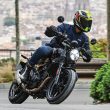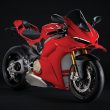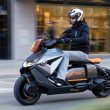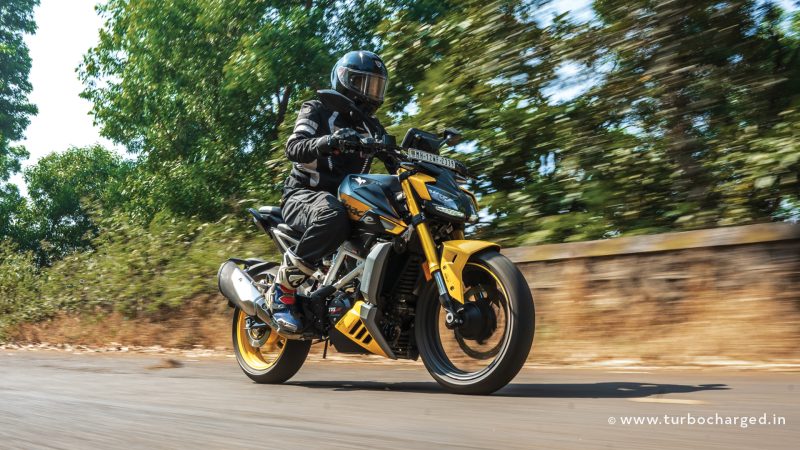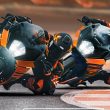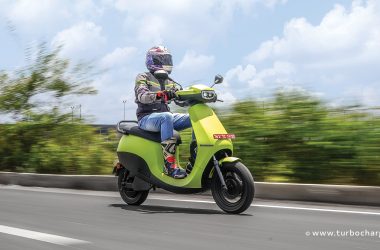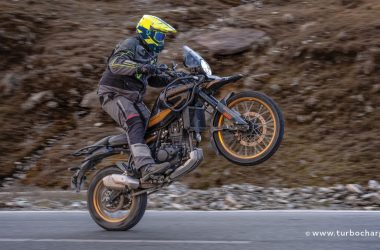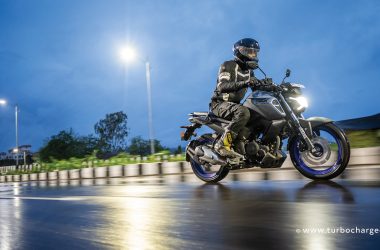It’s been seven years since the TVS RR 310, the marque’s first product based on the 310cc platform co-developed with BMW Motorrad, was launched. In fact, the first motorcycle based on this platform, the BMW G 310 R was unveiled in 2015! The TVS RTR 310 is the latest motorcycle based on this platform and it brings with it a few upgrades. It left a positive impression on us when we briefly rode it in Thailand, on both road and track. However, it did leave a few questions unanswered so we decided to spend more time with it here in India.
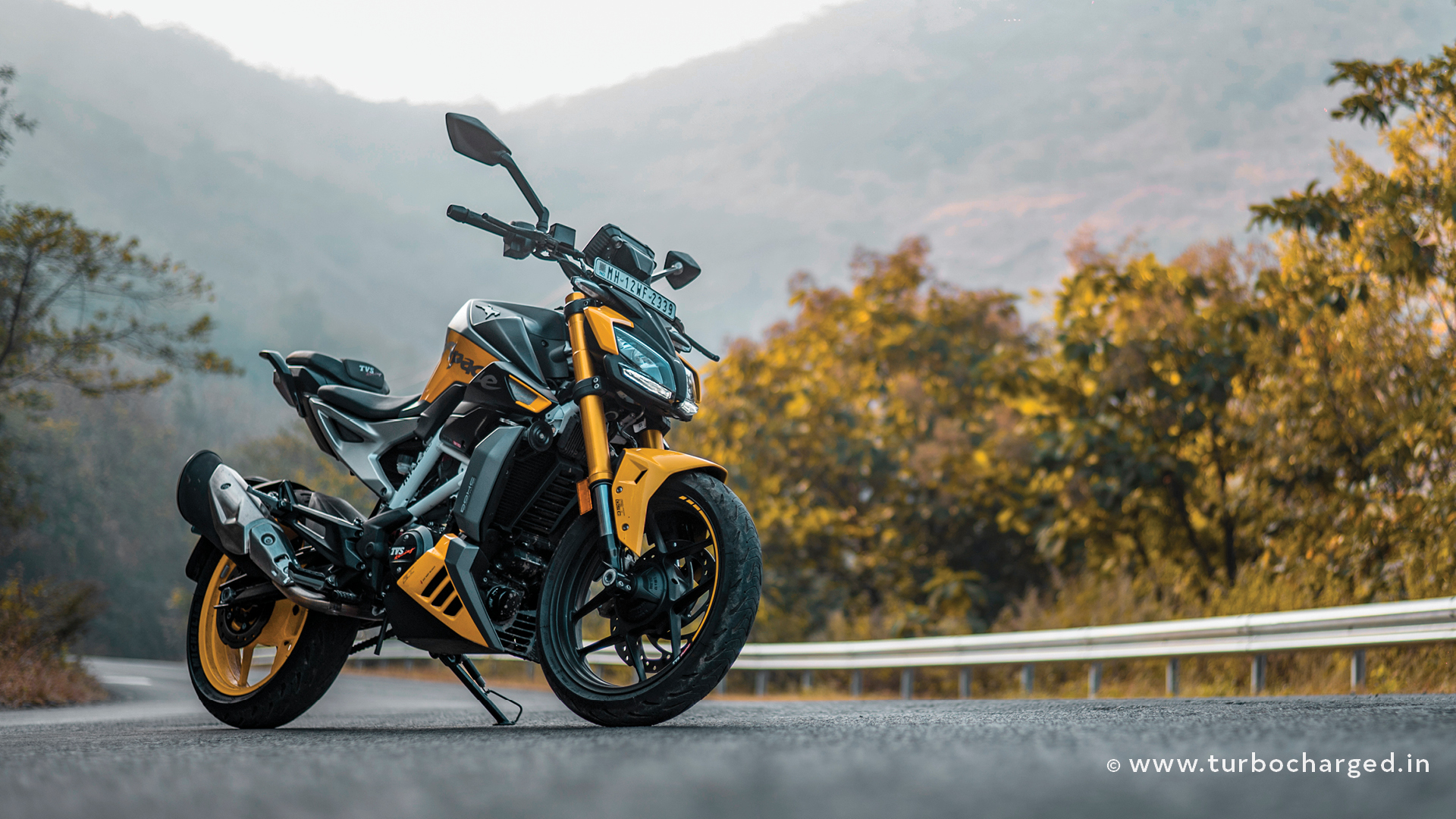
The RTR 310 looks properly modern with its wide dual headlamp housed in a rather large housing. It does remind you of the Ducati Streetfighter, a great motorcycle to borrow inspiration from, so no complaints there. Also likeable are the gold-finished 41mm USD forks that look chunky and add more muscle to the design. At the side, the exposed trellis frame finished in white looks appealing and the engine cowl and radiator surrounds give the naked streetfighter a distinct touch. The sleek rear end further enhances the RTR 310’s streetfighter stance. An underbelly exhaust, we feel, would have given the motorcycle a cleaner look, though.
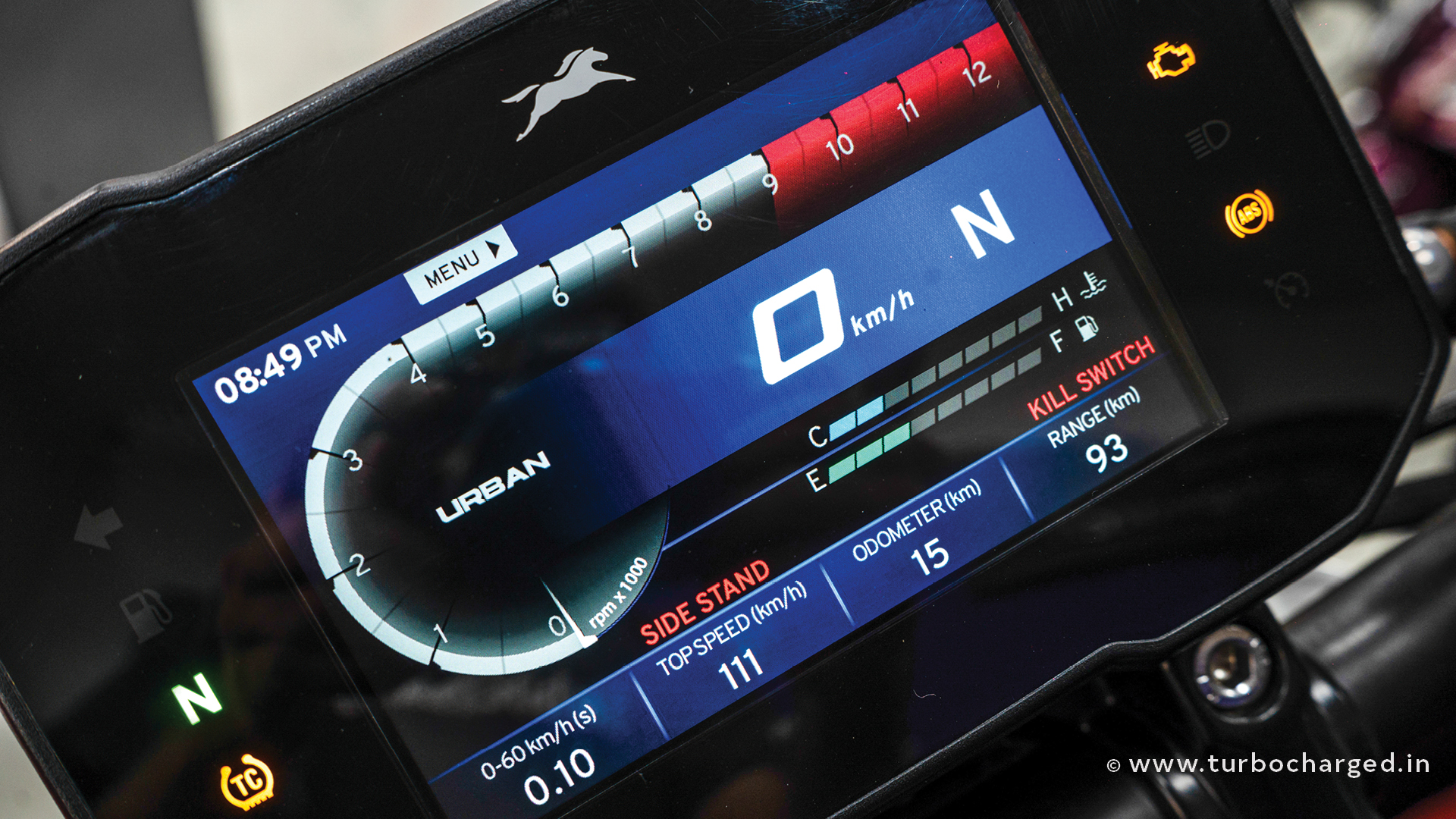
It shines in the features department. You get bright all-LED lighting setup, a good looking 5-inch TFT instrument cluster which interestingly opts for a conventional mounting instead of its faired sibling’s vertically mounted unit. It also gets rider aids such as a slip and assist clutch, bi-directional quickshifter, adjustable levers, ride-by-wire, dual-channel ABS, five riding modes including a new Supermoto mode that disables rear ABS, traction control and even cruise control!
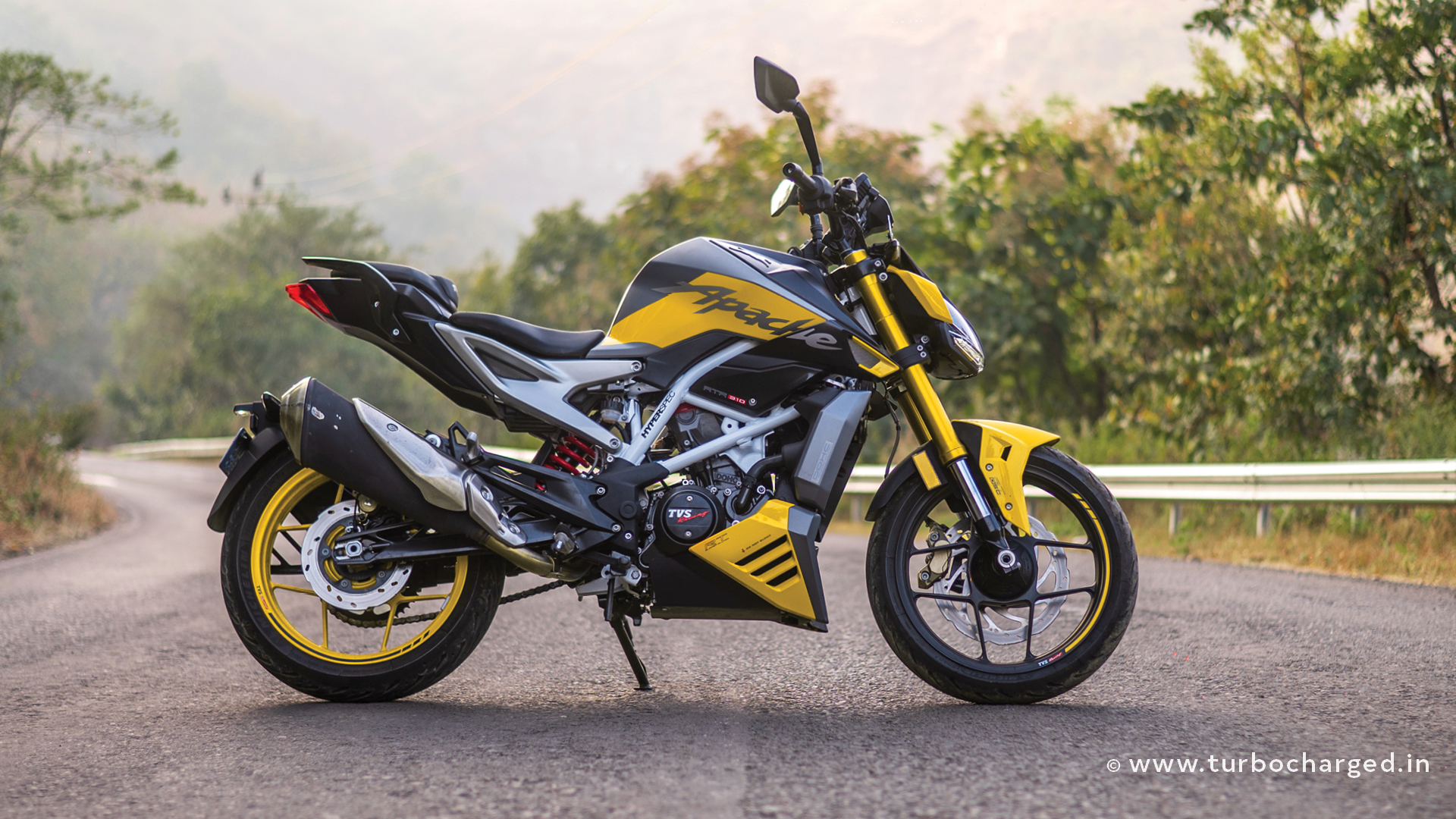
Ergonomically, the RTR 310 is a comfortable motorcycle for daily use as you sit in a fairly upright stance courtesy the tall handlebar and the footpegs being relatively forward and low-set compared to the RR310. The seat is well cushioned but there’s not much room for taller riders to move around, especially if you want to ride in a fully committed riding position.
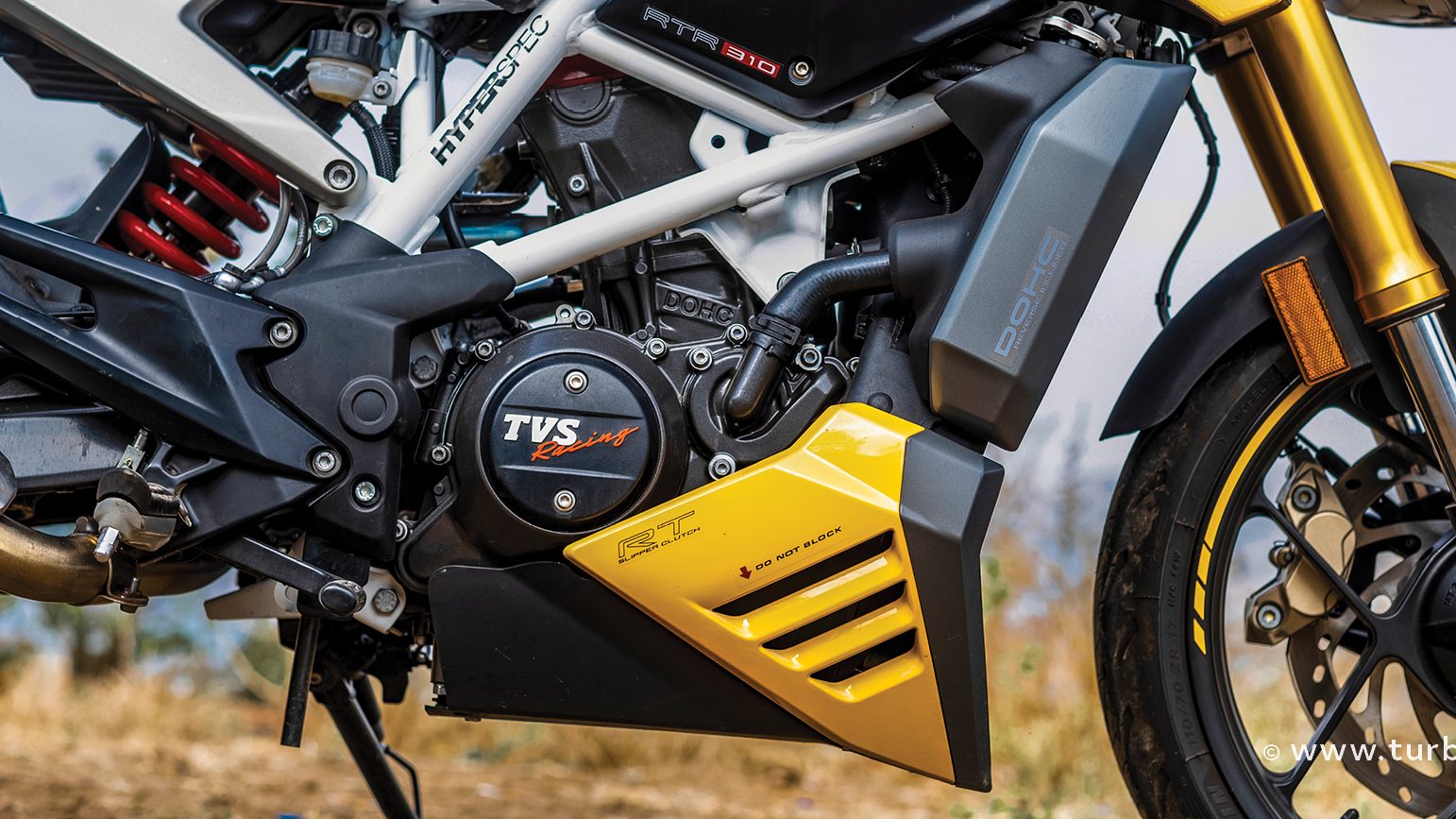
The updated 312cc liquid-cooled single cylinder engine now makes 35.6PS and 28.7Nm (1PS and 0.9Nm more than its faired sibling). In Sport, Track and Supermoto mode the naked shares the same eager characteristics as the RR 310. In fact it is further accentuated on the RTR 310 thanks to the larger rear sprocket which gets four extra teeth compared to its faired sibling. The brisk acceleration aided by smooth shifts from the bi-directional quickshifter, even at low speeds, makes it a fun motorcycle in the city and on mountain roads.
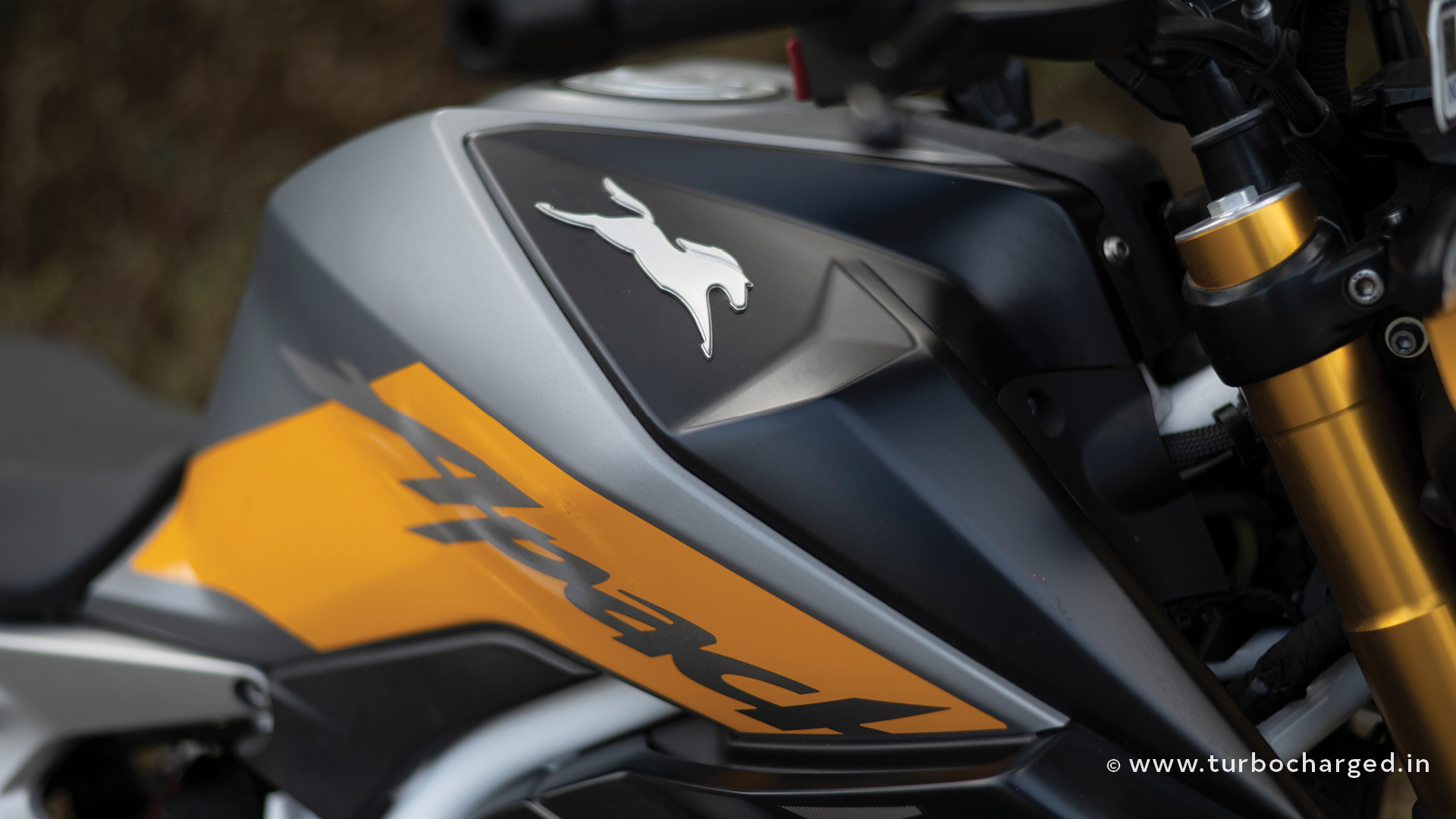
The RTR 310 is not that great at highway cruising. At 85kmph in sixth gear, the engine sits just above 5,000rpm, right when the vibrations start creeping in through the handlebar and footpegs. They only get stronger post 6,000rpm and the engine feels like it is working overtime. This can be bothersome when you are looking for relaxed highway cruising between 90-110kmph. The Achilles heel of this motor has been its inherent vibrations which has been a bugbear since the first-generation TVS and BMW 310cc motorcycles. Maybe an all-new engine is what it will take to solve this issue. Thankfully, the vibes smooth out in the top part of the rev range and redlining the RTR 310 is an enjoyable affair.
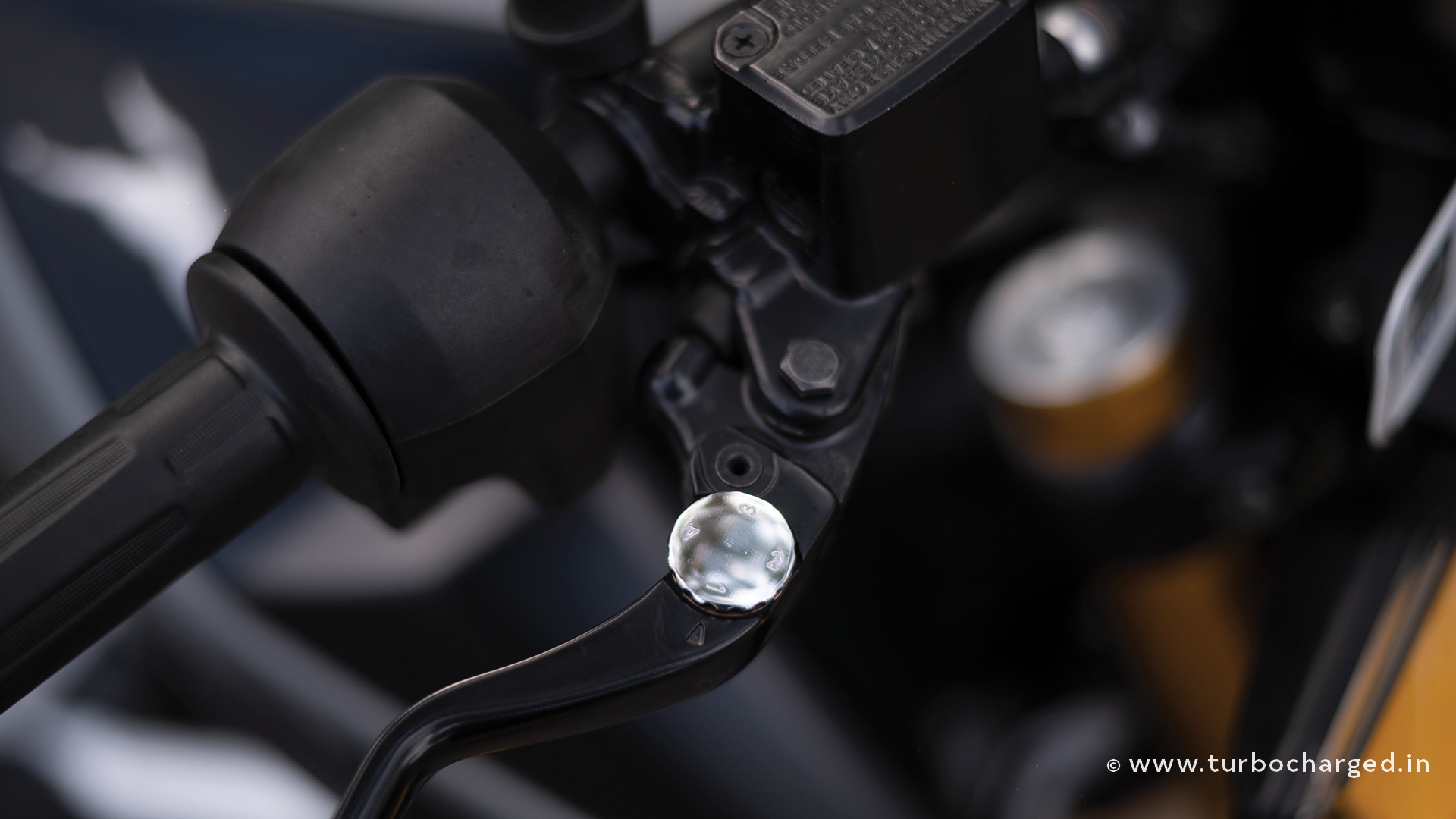
Unlike the motorcycle we rode in Thailand, our test unit wasn’t equipped with the Dynamic kit that adds full adjustability for front suspension and preload and rebound damping at the rear. The stock setup has a firm edge to it but doesn’t feel uncomfortable when going through rough patches. The RTR 310 is quick to change directions and remains stable around corners. On the braking front, the 300mm front disc lacks initial bite but overall brakes work well with minimal ABS intrusion.
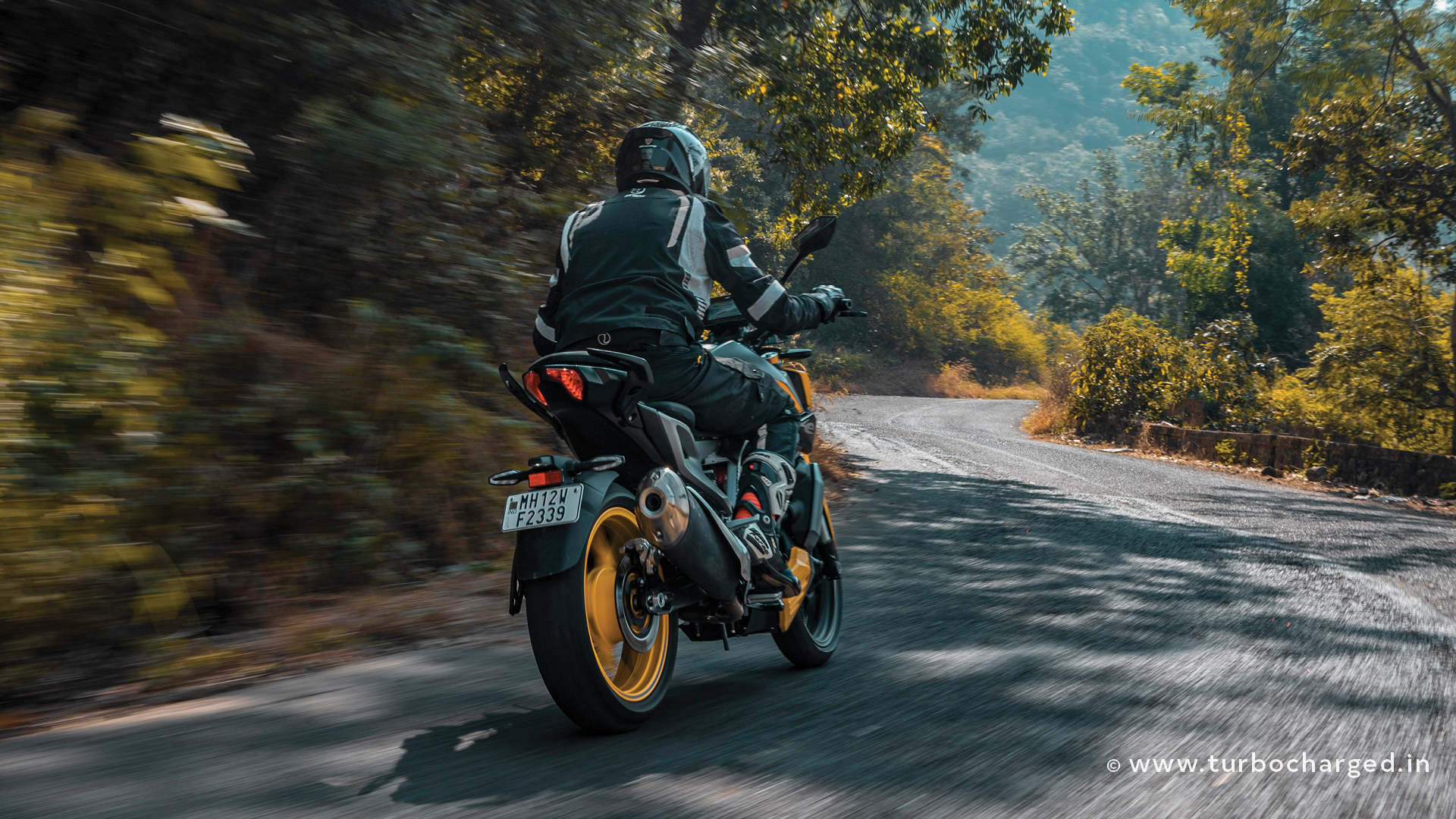
With prices starting at 2.43 lakh, ex-showroom, the RTR comes across as a great value for money option, but there’s a catch. The spec you see here costs 2.63 lakh for this Fury Yellow shade equipped with bi-directional quickshifter. You need to shed another 18,000 to equip it with the Dynamic kit and another 22,000 to get all the goodies that come with the Dynamic Pro kit. That would take it very close to the 2024 KTM 390 Duke territory, which is a more powerful and well-rounded motorcycle. All the tech onboard the RTR 310 is quite impressive for the price and so are its riding characteristics. That said, the engine could do with more refinement. To conclude, this variant of the RTR 310 offers the best value for money if you are looking for fun city commutes and occasional rides to the twisties.


